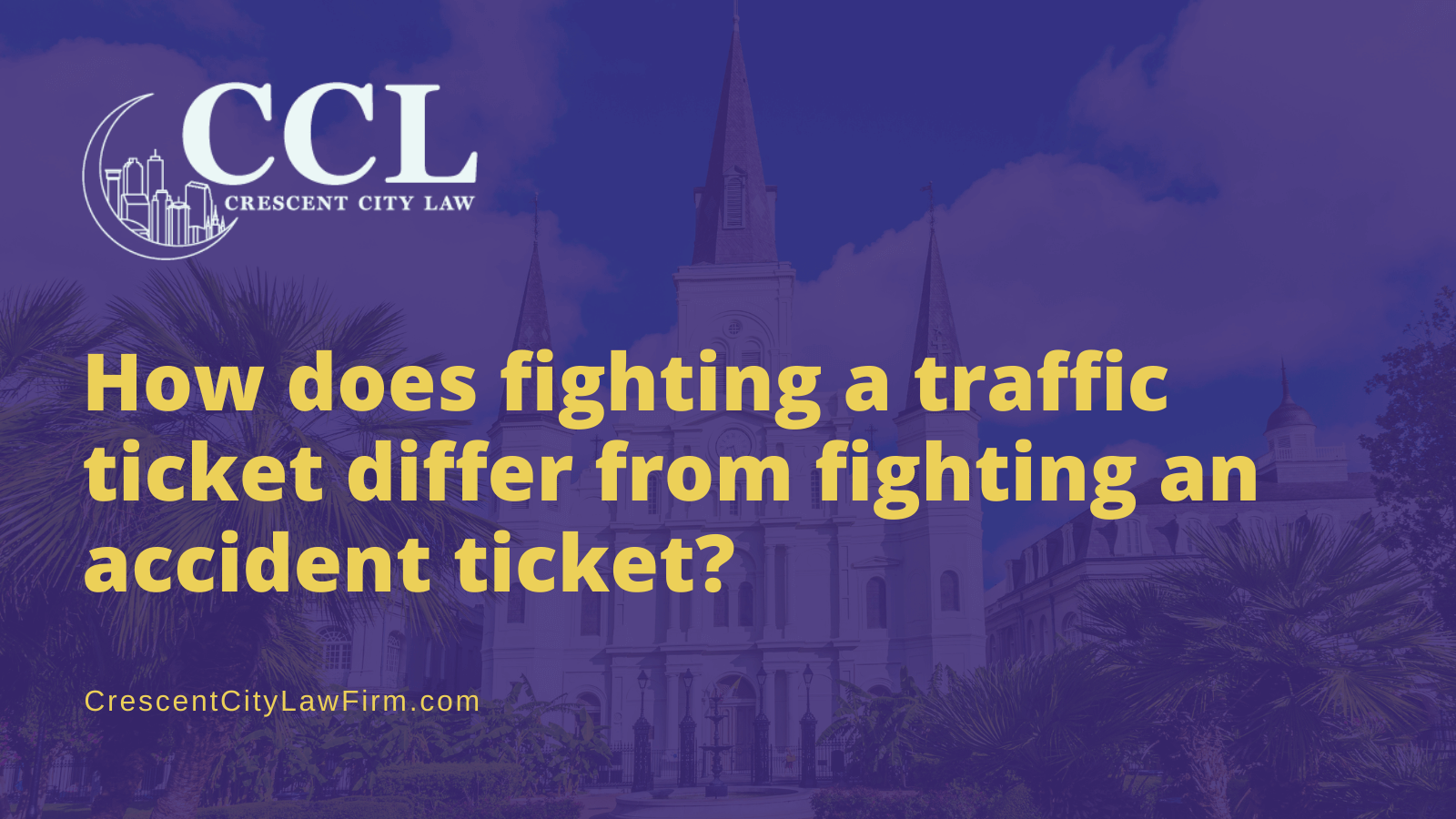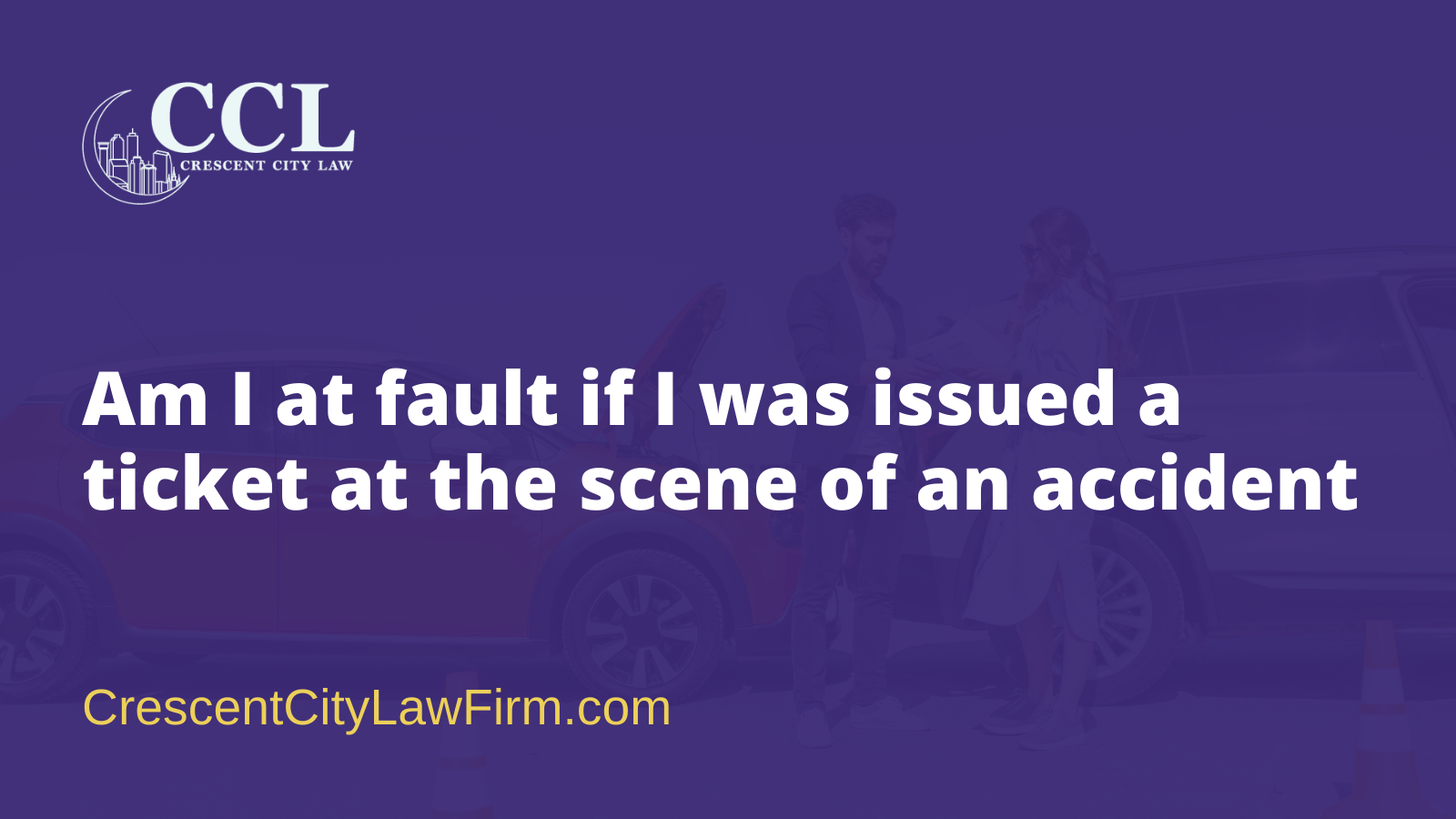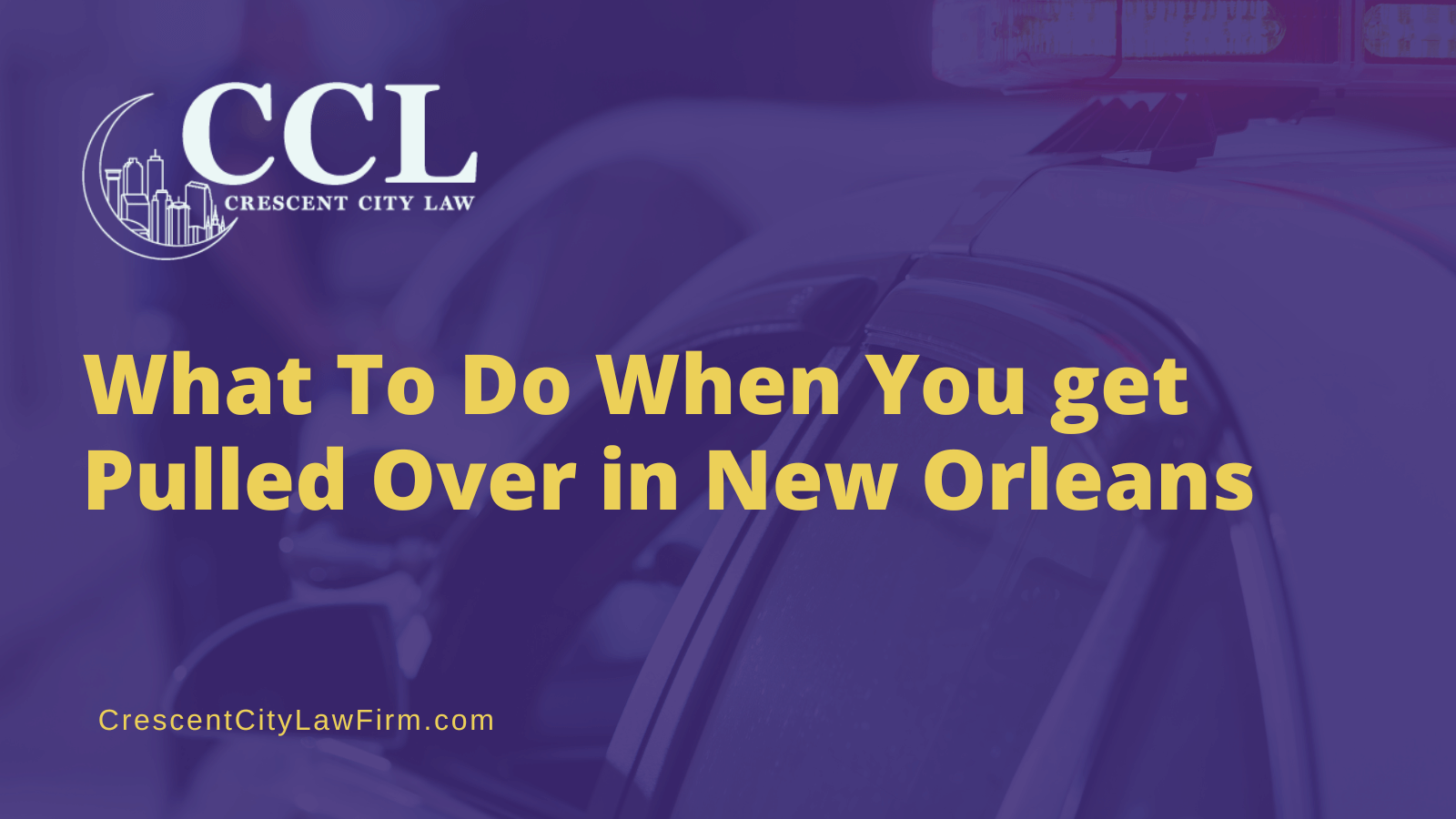Passing another vehicle on the road is a common practice, so you might not give much thought to it. However, Louisiana law does have some rules and regulations as to how and when you can pass another car.
Failing to follow these rules will be considered “improper passing” and can lead to traffic tickets and related penalties
At Crescent City Law, we help New Orleanians facing all kinds of traffic violations. To better understand improper passing, we’ll break down the laws of the road in each of these situations in this blog and explain how to avoid an improper passing citation.
Louisiana traffic passing law basics
Generally speaking, there are three types of passing situations:
- Passing when there are multiple lanes of traffic headed the same direction
- Passing when there is only one lane of traffic headed the same direction
- Areas where no passing is permitted at all
One crucial thing to keep in mind about passing is that you must always use a turn signal when changing lanes to prepare for the pass.
1. Passing when there are multiple lanes of traffic
If you’re on a stretch of road where there are multiple lanes of traffic headed in the same direction, the laws on passing are somewhat relaxed compared to other passing situations.
The driver overtaking (passing) the other vehicle must use the left lane to pass. Once the overtaking driver is a safe distance from the other vehicle, they can move back into the right lane.
Allowing a safe distance before getting back in the right lane helps prevent accidents.
2. Legal passing when there is one lane in each direction
The rules for passing on roadways with only one lane going in each direction are more serious than the laws for multiple lanes of traffic. Safe passing on these roadways is more complicated since you’ll need to use the lane designed for traffic headed in the opposite direction.
When you use the left lane to pass, you must wait until you have good visibility down the road in that lane. Once all oncoming traffic is a safe distance away, you may overtake the other vehicle.
Your actions should never hinder traffic on the other side of the road though or cause them to slow down. You should never be within 100 feet of oncoming traffic when passing in these situations.
Pay attention to the lines of the road as they’ll indicate when it’s legal to pass using the lane for oncoming traffic. In areas where there is a double yellow line, it’s unsafe to pass. This is generally due to limited visibility caused by a large curve, incline, or other obstruction.
3. Areas where no passing is permitted
Watch for signs that indicate you’re in a no-passing zone. There are many reasons that the local municipality has designated such a zone, including:
- Hidden driveways
- Unsafe conditions
- Poor visibility
Passing in these zones – no matter how safely you believe you’re doing it – can lead to an improper passing ticket.
Additionally, you cannot pass a stopped school bus when it is loading or unloading children. When a bus’s lights are on, you must stop at least 30 feet away from the bus. This is true for both motorists behind school buses and on the opposite side of the road from the bus. (However, only motorists behind a bus must stop if the road is separated by a median, ditch or concrete barrier.) Do not proceed until the bus has turned off its lights or it begins to travel again.
Violating school bus laws is a serious offense, but just one of the reasons you could be charged with improper passing.
Contact a New Orleans improper passing defense attorney
If you’ve been ticketed for improper passing, contact our team at Crescent City Law in New Orleans. We’ll help you prepare your traffic ticket defense, keeping you updated every step of the way.






